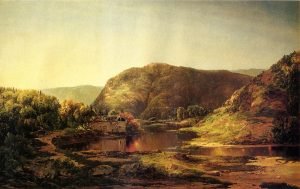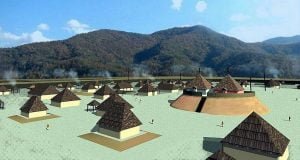Benjamin B. Odell, thirty-seventh Governor of the State of New York, was born at Newburgh, N. Y., January 14, 1854. He was the son of Benjamin Barker and Ophelia (Bookstaver,) Odell. He graduated from Newburgh Academy in 1874, and entered Bethany College, in Bethany, W. Va., the same year. He remained there one year, after which he entered Columbia College, New York City, where he continued until 1877. He married Estelle Crist, of Newburgh, April 25, 1877; she died in 1888. His second wife was Mrs. Linda (Crist,) Traphagen, a sister of his first wife, whom he married in 1891. … Read more


